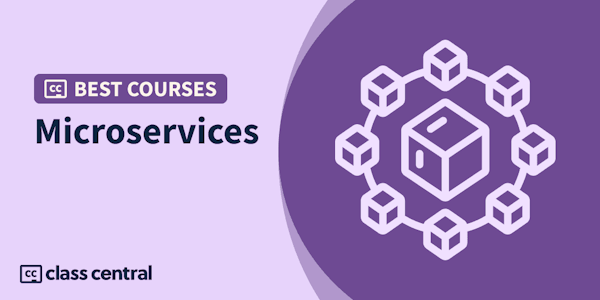Please Note: Learners who successfully complete this IBM course can earn a skill badge — a detailed, verifiable and digital credential that profiles the knowledge and skills you’ve acquired in this course. Enroll to learn more, complete the course and claim your badge!
The emergence of cloud computing has brought about a lot of changes to modern software development. Rather than large annual releases on physical mediums like CDs, modern software is increasingly released on the cloud, provided cost reduction, decreased time to market, and increased agility. These changes allow organizations to keep pace with their competitors and bring new innovations to market in ways that previously would have been unthinkable.
Rather than building large applications, known as monoliths, that perform all the functionality, microservices break down larger applications into smaller pieces that are independently maintainable and scalable, providing a host of benefits. This architecture is used at the largest software organizations in the world, because it provides cost benefits, team autonomy, and so many other advantages.
By the end of this course, you will
- Have a solid foundation for microservices and serverless
- Deploy microservices on the cloud
- Integrate microservices with serverless compute
This course will introduce you to 12-factor apps and microservices, concepts that emerged to help organizations work better and faster in a cloud-native manner. You’ll then learn about serverless computing—how it works, what value it brings, and what are specific serverless technologies. You’ll get hands-on with IBM Cloud Functions, a serverless platform on IBM Cloud that lets you develop serverless apps with ease. Finally, you will learn to build and deploy applications using container images on the code engine.
The course contains several hands-on labs which allow you to apply the content you learn.
The prerequisites for this course include basic computer and cloud literacy as well as an understanding of core cloud concepts. In addition, understanding of the command line and how to use shell commands will greatly benefit you during this course.



